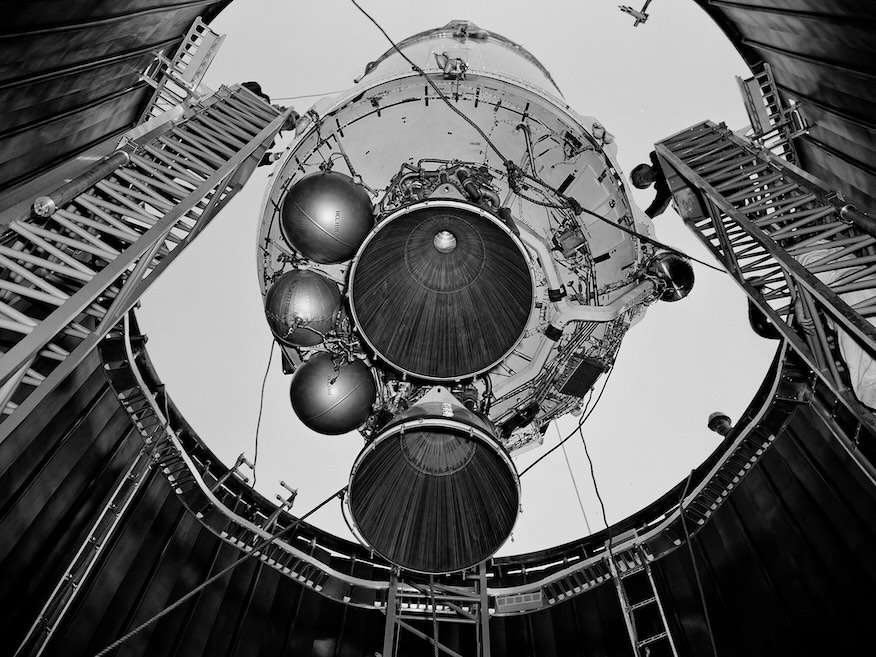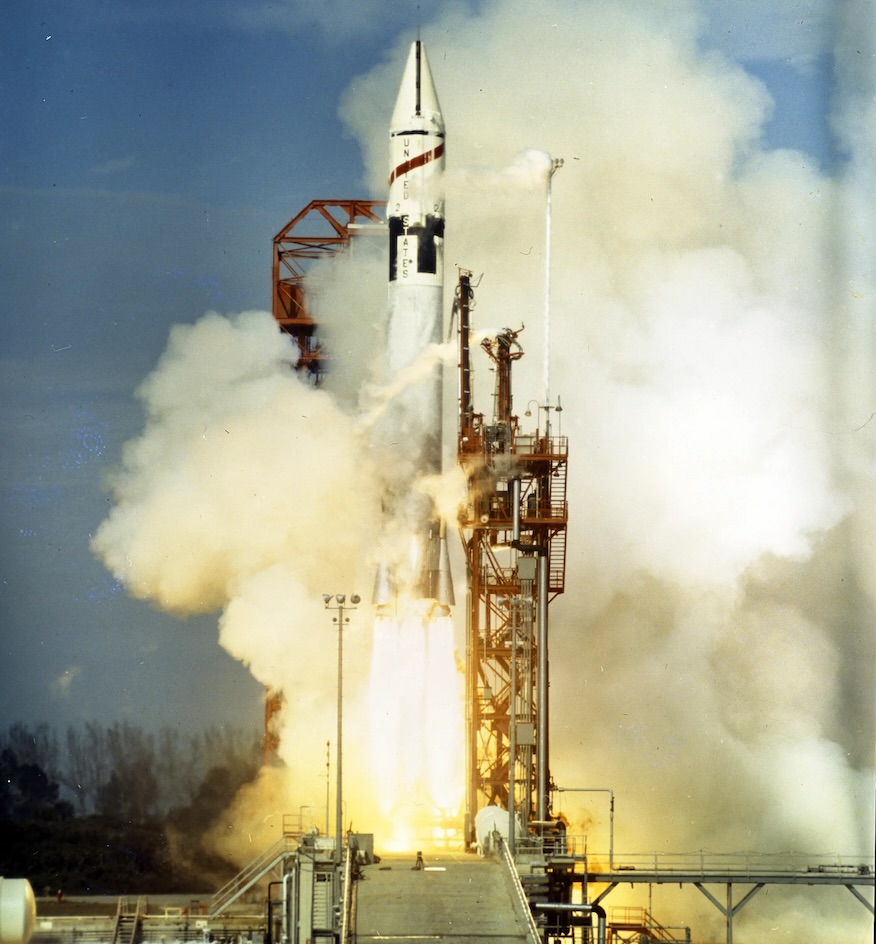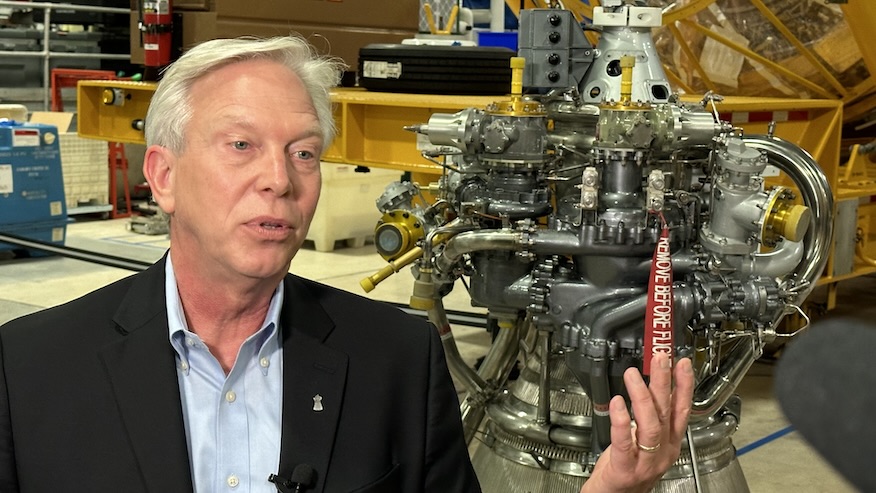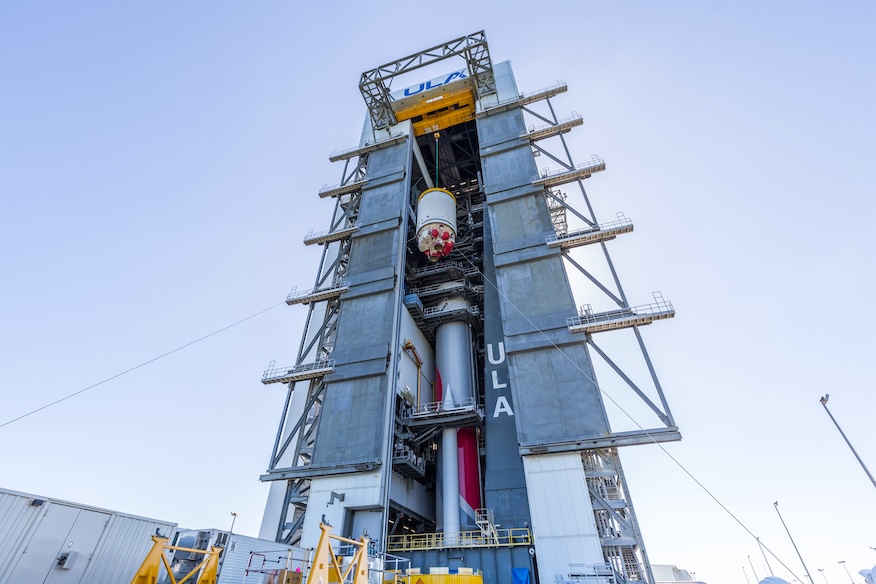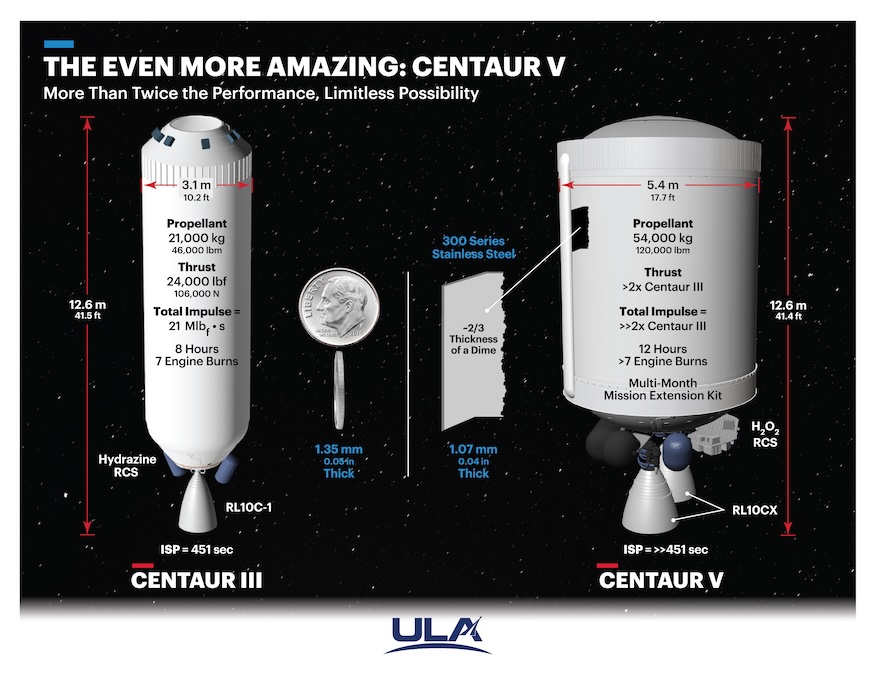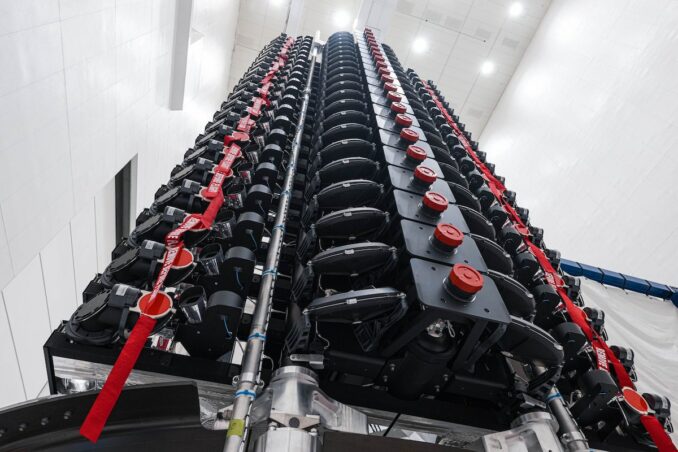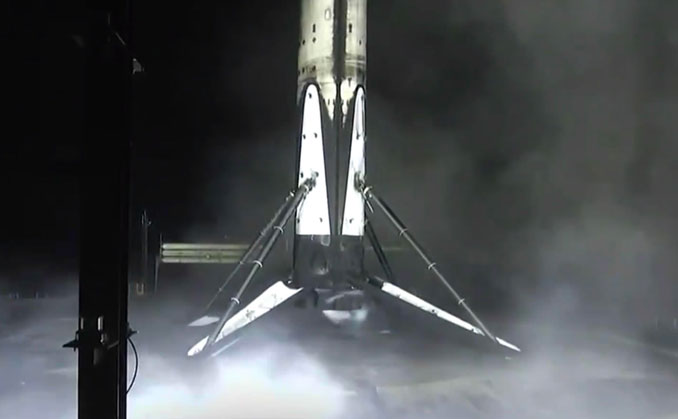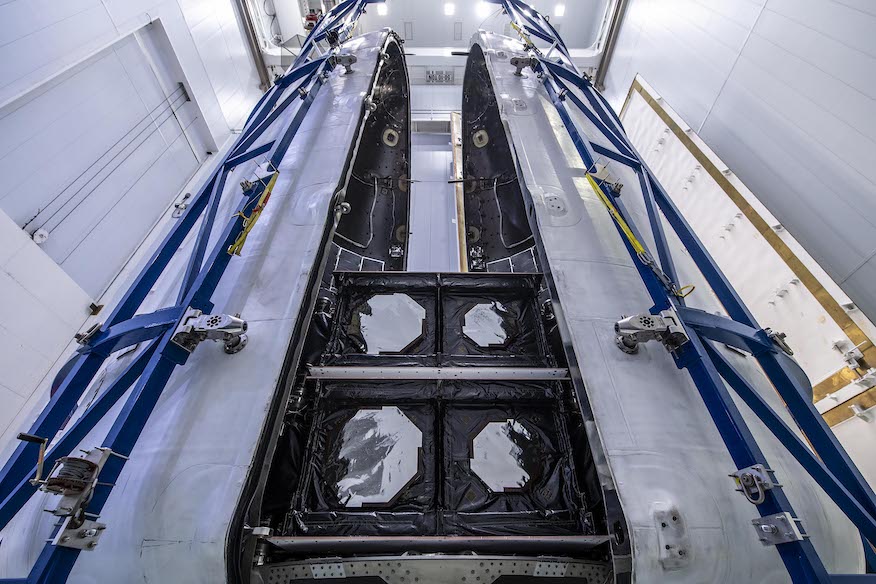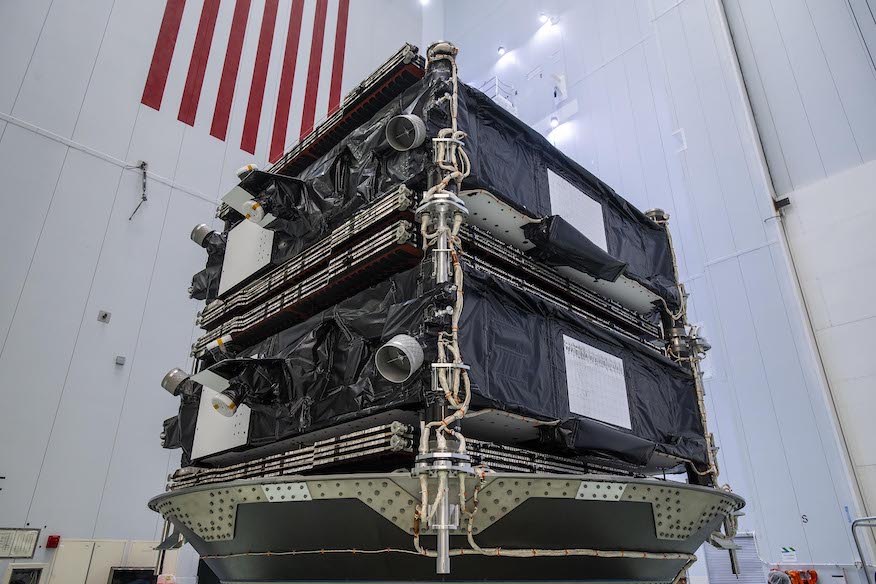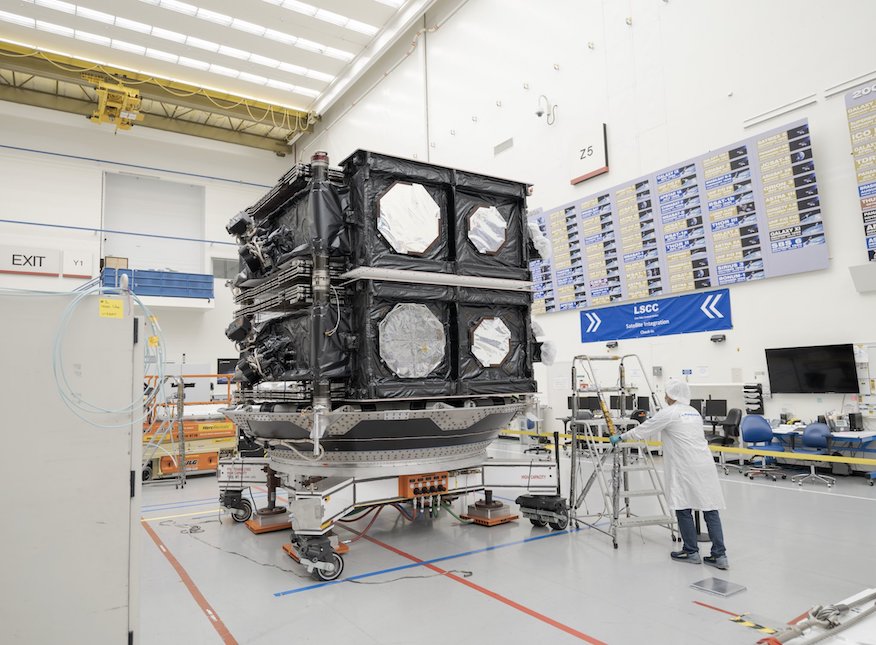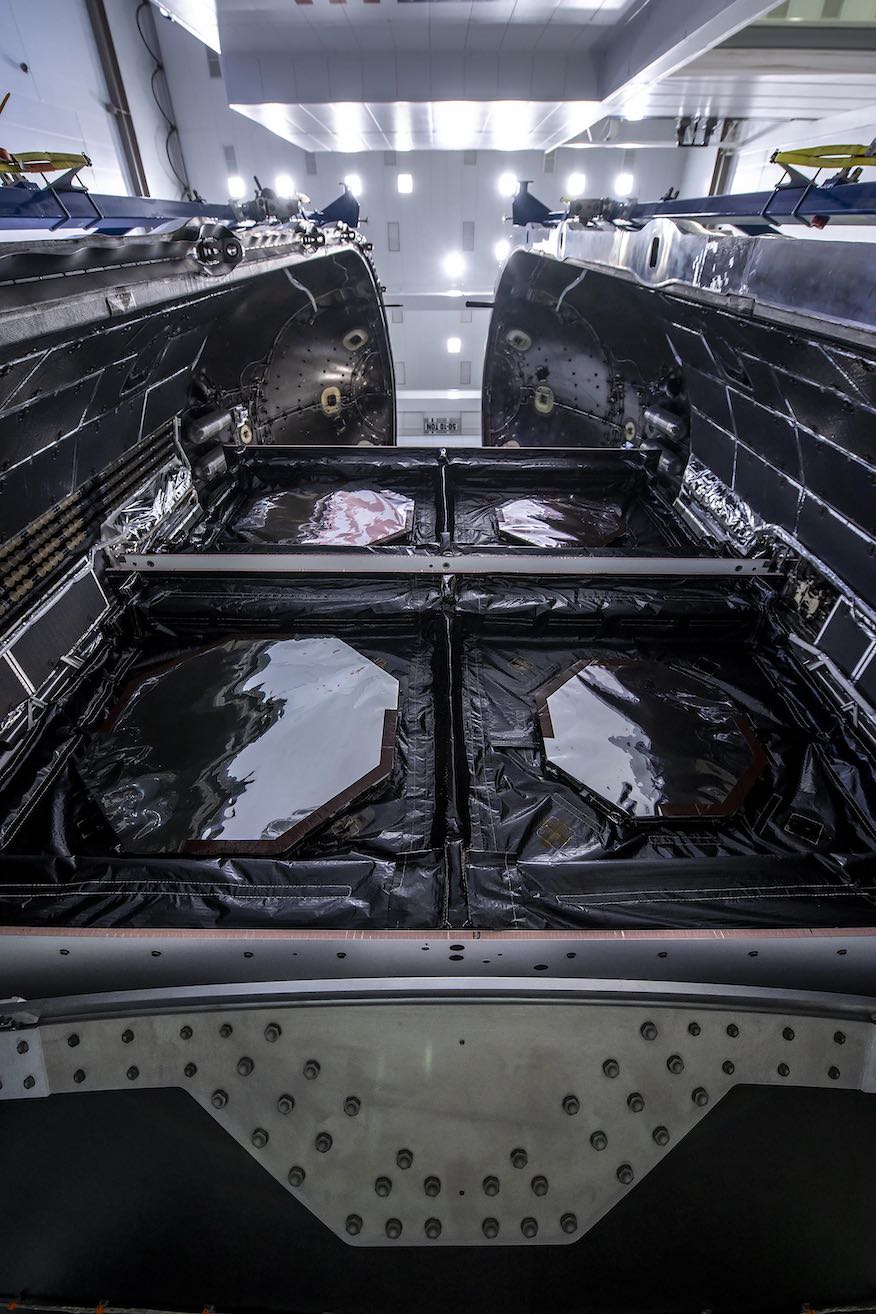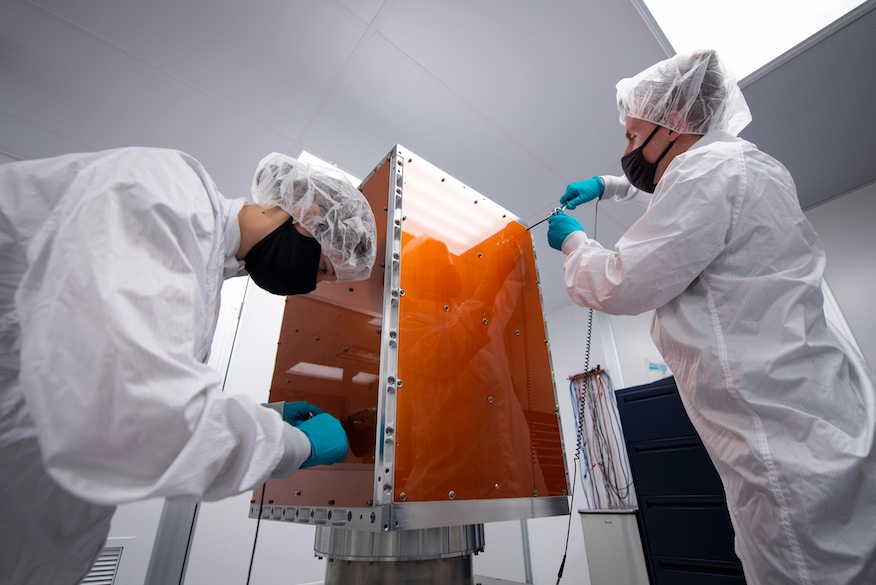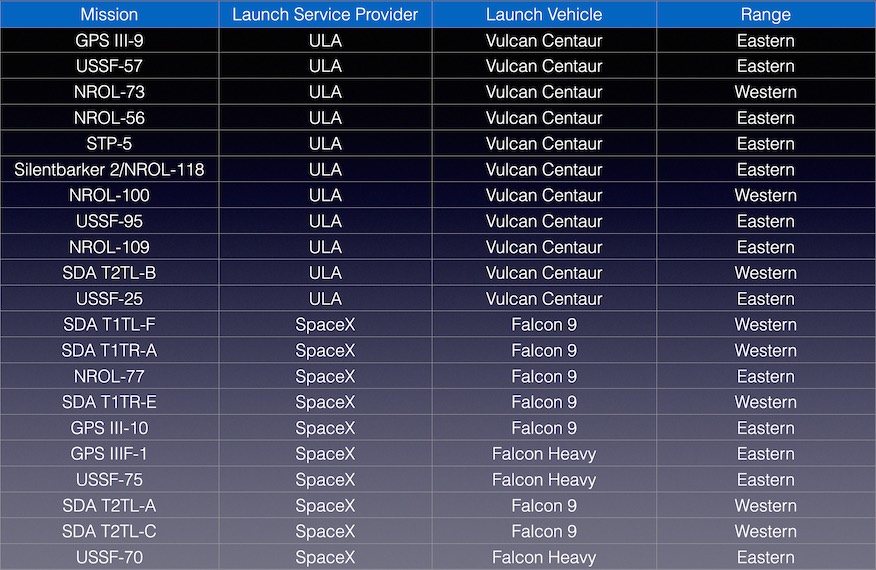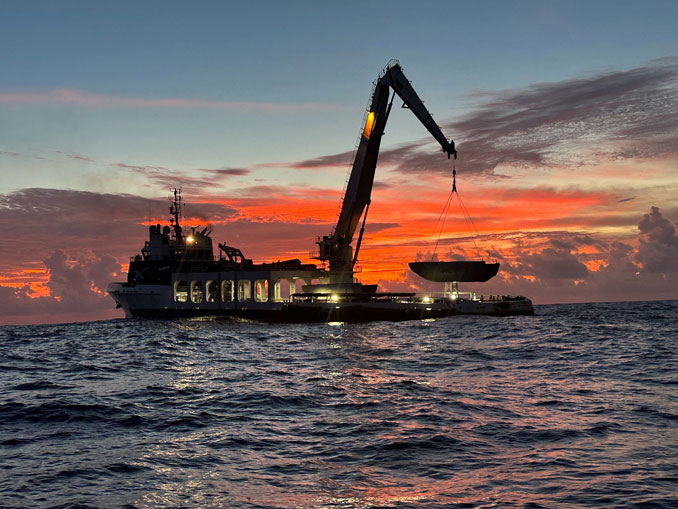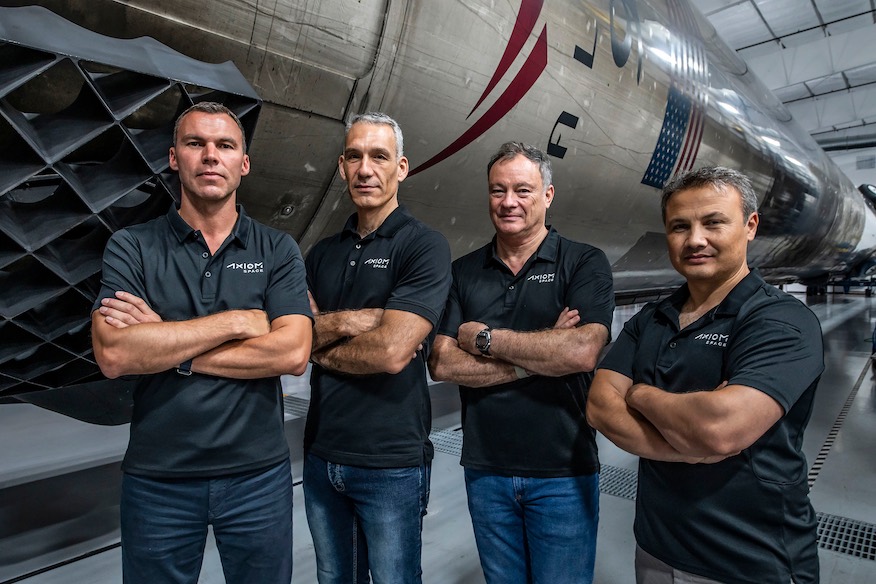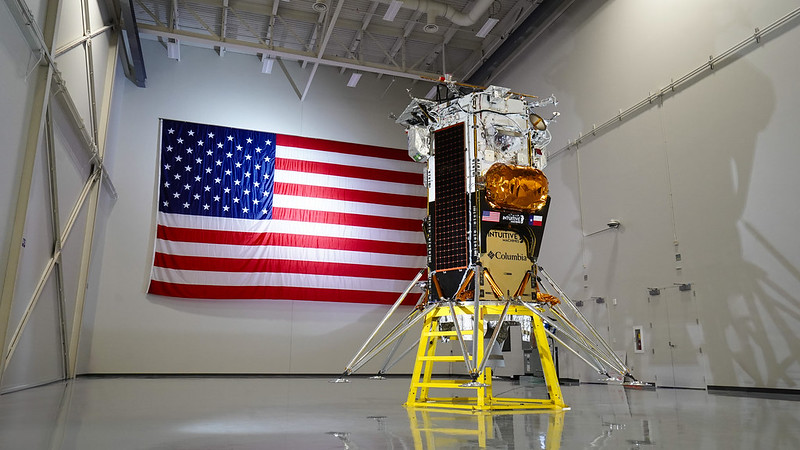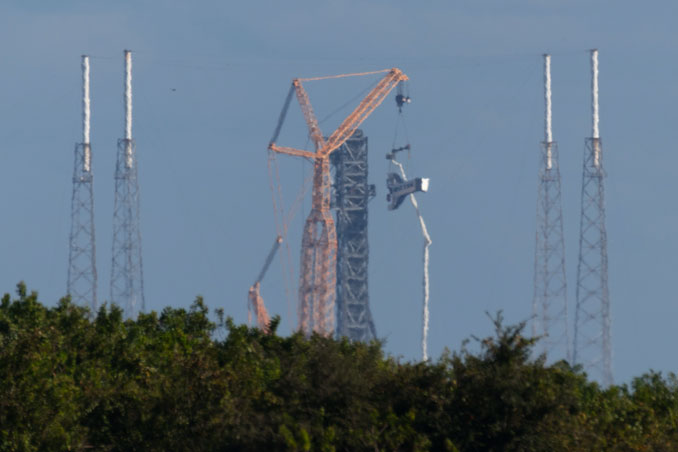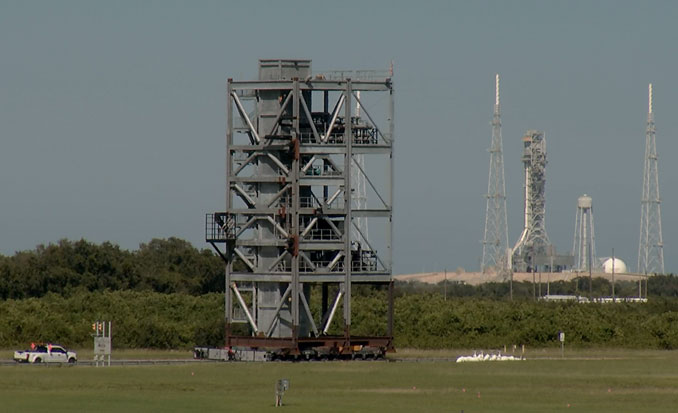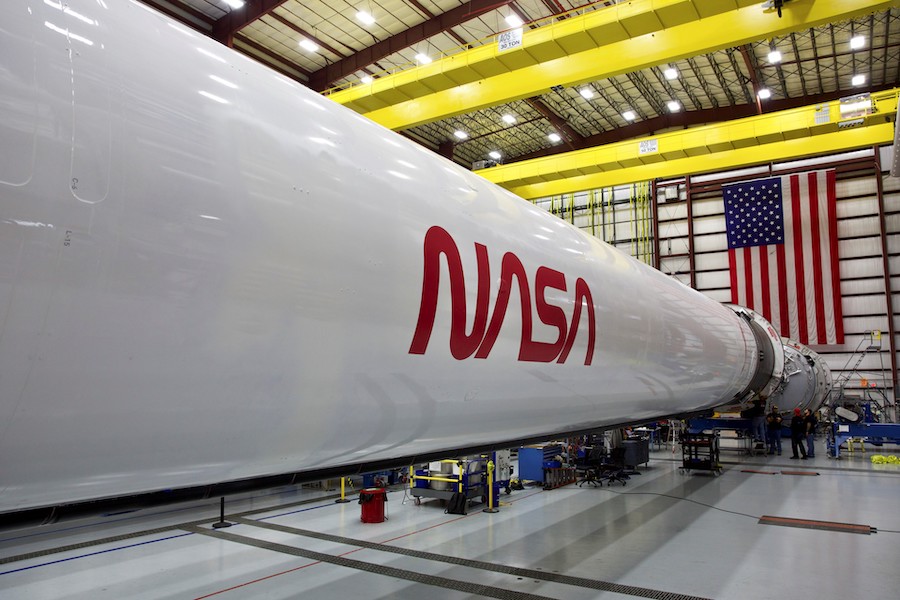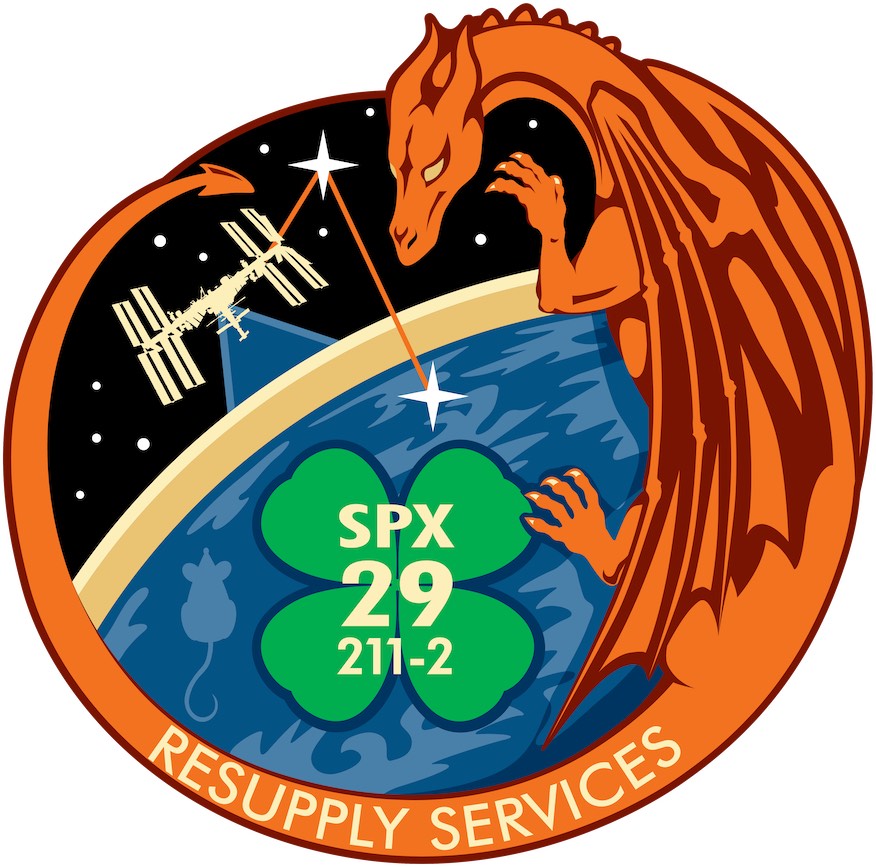A Soyuz 2.1a rocket blasts off from the Baikonur Cosmodrome carrying a Progress cargo ship loaded with 5,500 pounds of equipment, supplies and propellant bound for the International Space Station. Image: NASA TV.
A Russian Progress cargo ship loaded with more than 5,500 pounds of supplies and equipment bound for the International Space Station blasted off from Kazakhstan early Friday, kicking off a two-day orbital chase.
Perched atop a Soyuz 2.1a rocket, the Progress MS-25/86P spacecraft took off from the Baikonur Cosmodrome at 4:25 a.m. EST (2:25 p.m. local time) and slipped into the planned preliminary orbit eight minutes and 45 seconds later.
The Progress then separated, spread its solar wings and set off after the space station in the first stages of a two-day 34-orbit rendezvous. If all goes well, the spacecraft will catch up with the lab complex early Sunday, guiding itself into a docking at the Russian space-facing Poisk module around 6:15 a.m.
The space freighter is delivering 3,423 pounds of spare parts, other equipment and supplies, 88 pounds of nitrogen, 926 pounds of water and 1,135 pounds of propellant used to help maintain the station’s orbit.
The Progress launching was the first of two and possibly three flights to orbit Friday.





